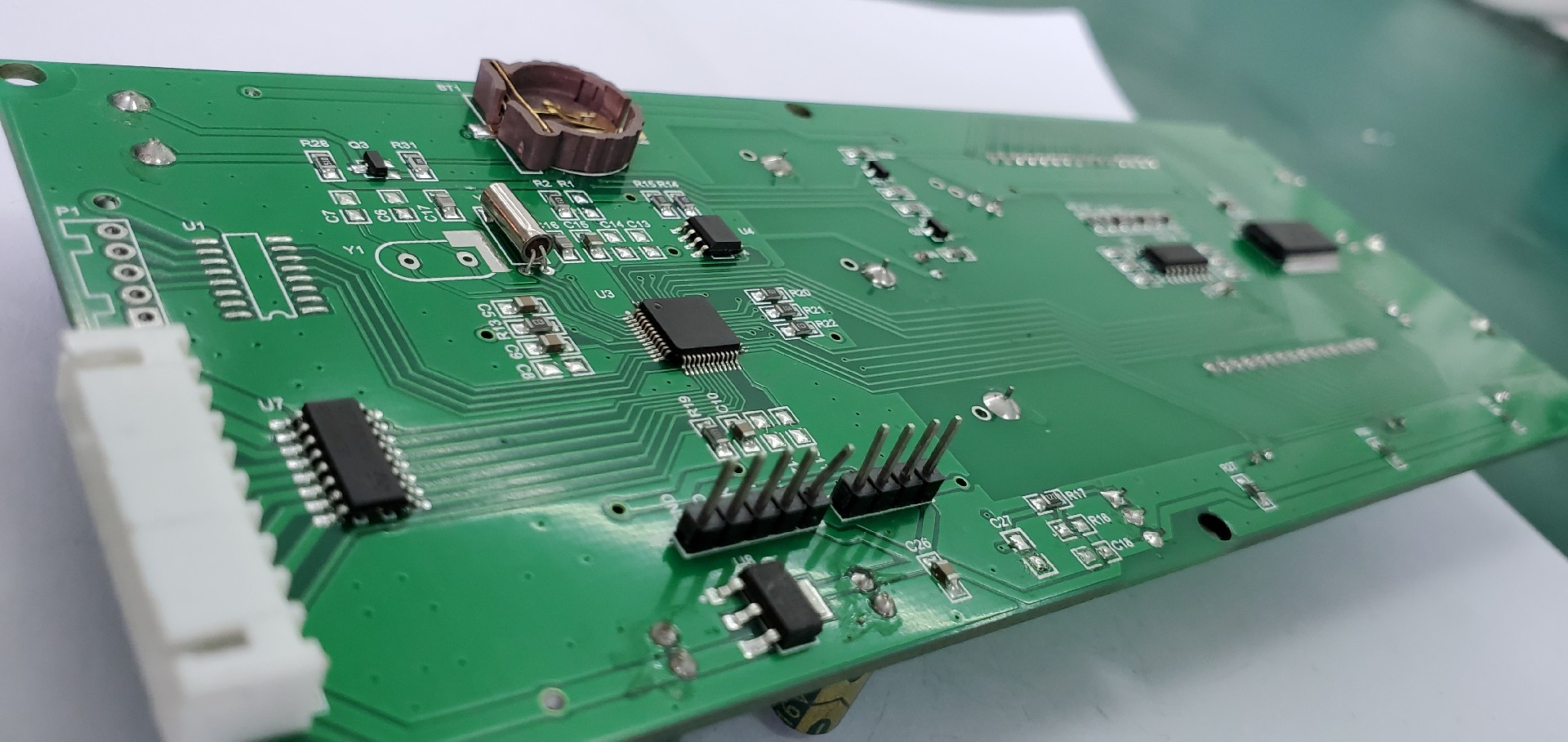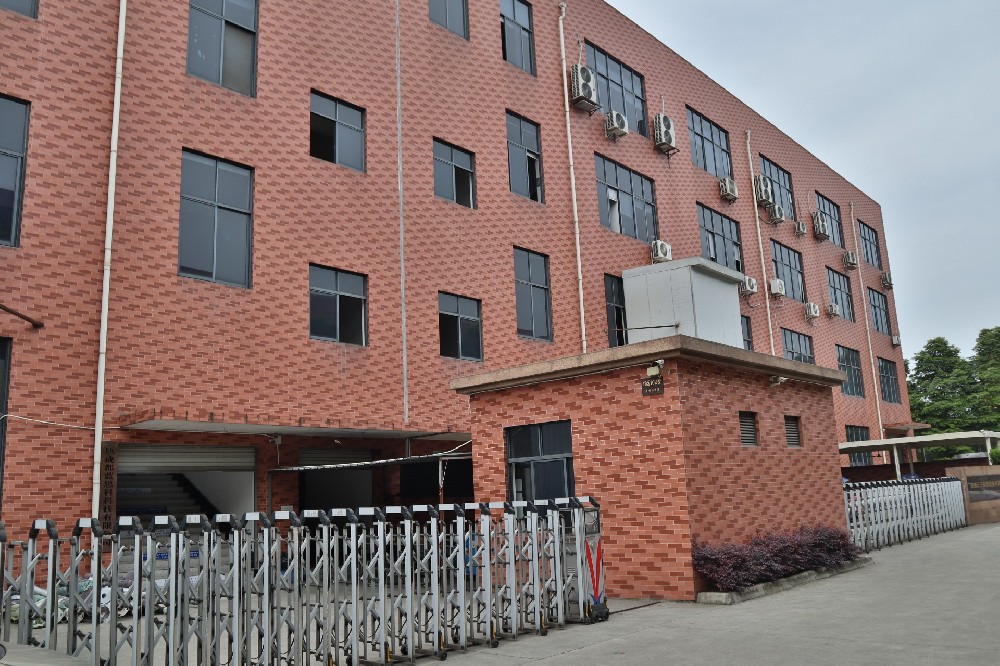Supply chain management strategy in PCBA processing
Managing complex supply chains in PCBA processing requires multiple approaches to ensure the smooth operation of the supply chain, improve production efficiency and reduce costs. Here are some key management strategies:
1.Supplier selection and management
1)Supplier evaluation and selection:
Evaluate the supplier's qualification, production capacity, delivery capacity, price, service quality and technical support.
Select reliable suppliers to ensure that they can provide high quality raw materials and stable supply.
2)Establish long-term partnership:
Establish long-term and stable cooperative relationships with suppliers, and respond to market changes and challenges through mutual trust and cooperation.
Periodically review supplier performance to ensure continuous compliance with quality requirements and delivery standards.
2. Inventory management
1)Demand forecast and Purchasing plan:
Use historical data and market trend analysis to forecast demand and make scientific material purchase plan.
Ensure material purchase matches production plan to avoid inventory overhang or shortage.
2)Inventory classification management:
Optimize inventory allocation by classifying materials according to their frequency and importance.
Adopt first-in-first-out (FIFO) and other inventory management methods to ensure the freshness and availability of materials.
3)Automated inventory management System:
Automatic inventory management system is introduced to realize real-time inventory monitoring and automatic replenishment.
Reduce the complexity of manual management and improve the efficiency and accuracy of inventory management.
3.logistics optimization
1)Transportation route planning:
Choose the best transportation route to reduce transportation time and costs.
Work with reliable logistics service providers to ensure timely arrival of production materials.
2)Supply chain visualization:
Implement supply chain visualization technology to provide real-time transportation and supply chain information.
Monitor the status of shipments, obtain the location and estimated arrival time of goods in a timely manner, and improve the transparency of the supply chain.

4. Risk management
1)Risk identification and assessment:
Identify and assess potential risks in the supply chain, such as natural disasters, supplier issues, logistics issues, etc.
Develop strategies to reduce the impact of risks on production.
2)Emergency plan:
Establish a list of alternative suppliers to ensure a quick switch in the event of a problem with the main supplier.
Prepare an emergency logistics plan to ensure that supplies can be quickly restored in case of an emergency.
5. Collaborative optimization
1)Information Sharing and communication:
Establish effective information sharing and communication mechanism, and realize real-time data sharing through ERP system, supply chain management software and other tools.
Strengthen the collaboration between suppliers, production departments and logistics departments to improve decision-making efficiency and response speed.
2)Continuous improvement and innovation:
Establish a continuous improvement mechanism and culture and encourage employees to suggest improvements.
Continuous improvement of production efficiency and product quality through continuous optimization of production processes, resource allocation and supply chain efficiency.
6. Traceability of raw materials
1)Material identification and recording:
Identify and record each raw material, including supplier information, batch number, production date, etc.
Make sure all information is accurate so you can backtrack and troubleshoot if needed.
2)Supplier compliance:
Ensure that purchased raw materials comply with applicable regulations and standards such as ROHS, REACH, etc.
Establish compliance documents and contracts with suppliers to ensure supply chain compliance.
To sum up, managing the complex supply chain in PCBA processing needs to start from many aspects, such as supplier selection and management, inventory management, logistics optimization, risk management, collaborative optimization and raw material traceability. By implementing these strategies, you can ensure the smooth operation of the supply chain, improve production efficiency and reduce costs.





